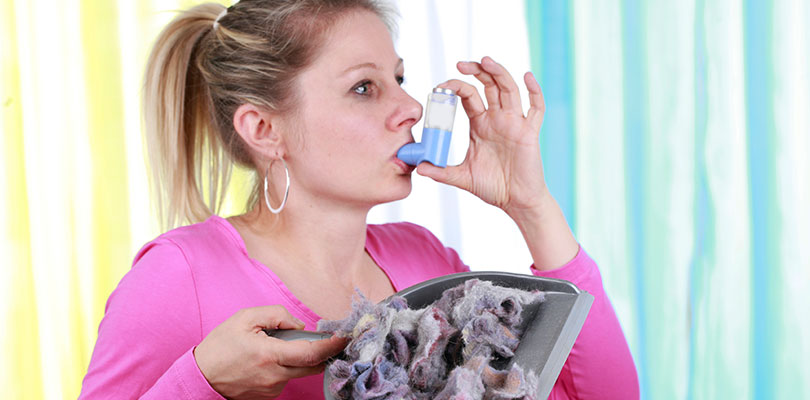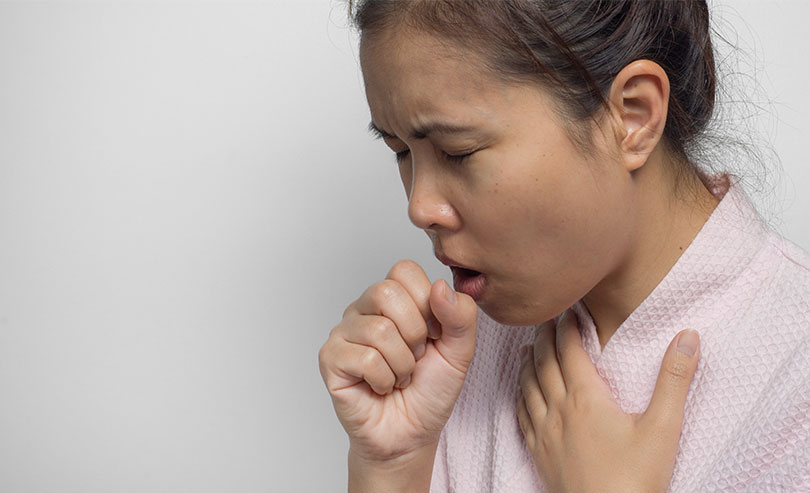Managing Indoor Allergens
In the indoor environment, there are five common allergens that worsen asthma symptoms: dust mites, cockroaches, pets, rodents and mold. Allergens from these sources bind to particles in the air and are breathed into the lungs, where they set off an excessive immune response.
While it is impossible to remove all allergens from the indoor environment, it is possible to reduce them for asthma proofing. The best method to reduce exposure to allergens is to remove the source of the allergen itself, but that is not always possible. Instead, reducing allergen levels in the environment requires a multifaceted approach.
1. Dust Mite Allergens
Dust mites live off the dead skin and dander of humans. They only survive in humid environments and they infest fabric and bedding. To reduce dust mites:
- Apply an allergen-proof cover to your mattress and pillow.
- Thoroughly vacuum the house regularly using a vacuum with a high efficiency particulate air (HEPA) filter.
- Wash sheets, pillowcases, blankets and mattress protectors at least weekly.
- Get rid of toys or wash them weekly.
- Dehumidify your environment using a dehumidifier or air conditioner.
If asthma is still poorly controlled with the above measures, you may need to also:
- Move to another bedroom.
- Use chemicals (ascaricides, like benzyl benzoate).
- Remove all wall-to-wall carpeting and replace with hard flooring.
Exercise is a key part of managing any chronic illness. Yoga for asthma might be the key to better respiratory fitness and a more comfortable life.







